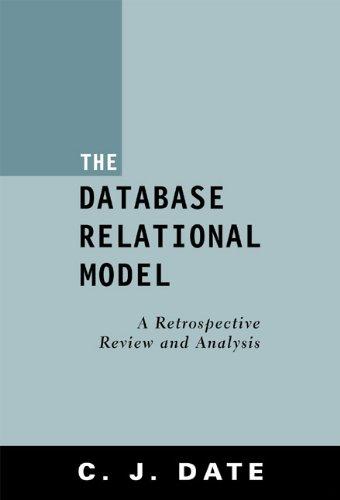Answered step by step
Verified Expert Solution
Question
1 Approved Answer
The logic of this flowchart is consistent with only one of the three Java code fragments that follow A flowchart, oriented from top to bottom.
The logic of this flowchart is consistent with only one of the three Java code fragments that follow
A flowchart, oriented from top to bottom. All right branches are labeled "true" and left branches are labeled "false". The primary arrow at the top leads to a rectangle with contents "ans and arrow down from there leads to a diamond with label W A right branch from that leads to another diamond labeled X that itself has two branches. The right branch for X leads to a rectangle labeled "ans and the left branch continues to merge with the right branch below. That merged branch leads to a rectangle labeled "ans before merging near the bottom of the diagram. Returning to the diamond labeled W its left branch leads to another diamond labeled Y That Y diamond has two branches, with the right one leading to another diamond labeled Z That diamond has a right branch leading to a rectangle labeled "ans and a left branch that continues to merge with the right below. The left branch of the diamond label Y leads to a rectangle labeled "ans which then merges with the aforementioned branch, and that reaches the final merge at bottom.
Question options:
ans ;
if W
if X
ans ;
ans ;
else if Y
if Z
ans ;
else
ans ;
ans ;
if W
if X
ans ;
else
ans ;
else if Y
if Z
ans ;
else
ans ;
ans ;
if W
if X
ans ;
ans ;
else if Y && Z
ans ;
else
ans ;
Step by Step Solution
There are 3 Steps involved in it
Step: 1

Get Instant Access to Expert-Tailored Solutions
See step-by-step solutions with expert insights and AI powered tools for academic success
Step: 2

Step: 3

Ace Your Homework with AI
Get the answers you need in no time with our AI-driven, step-by-step assistance
Get Started


